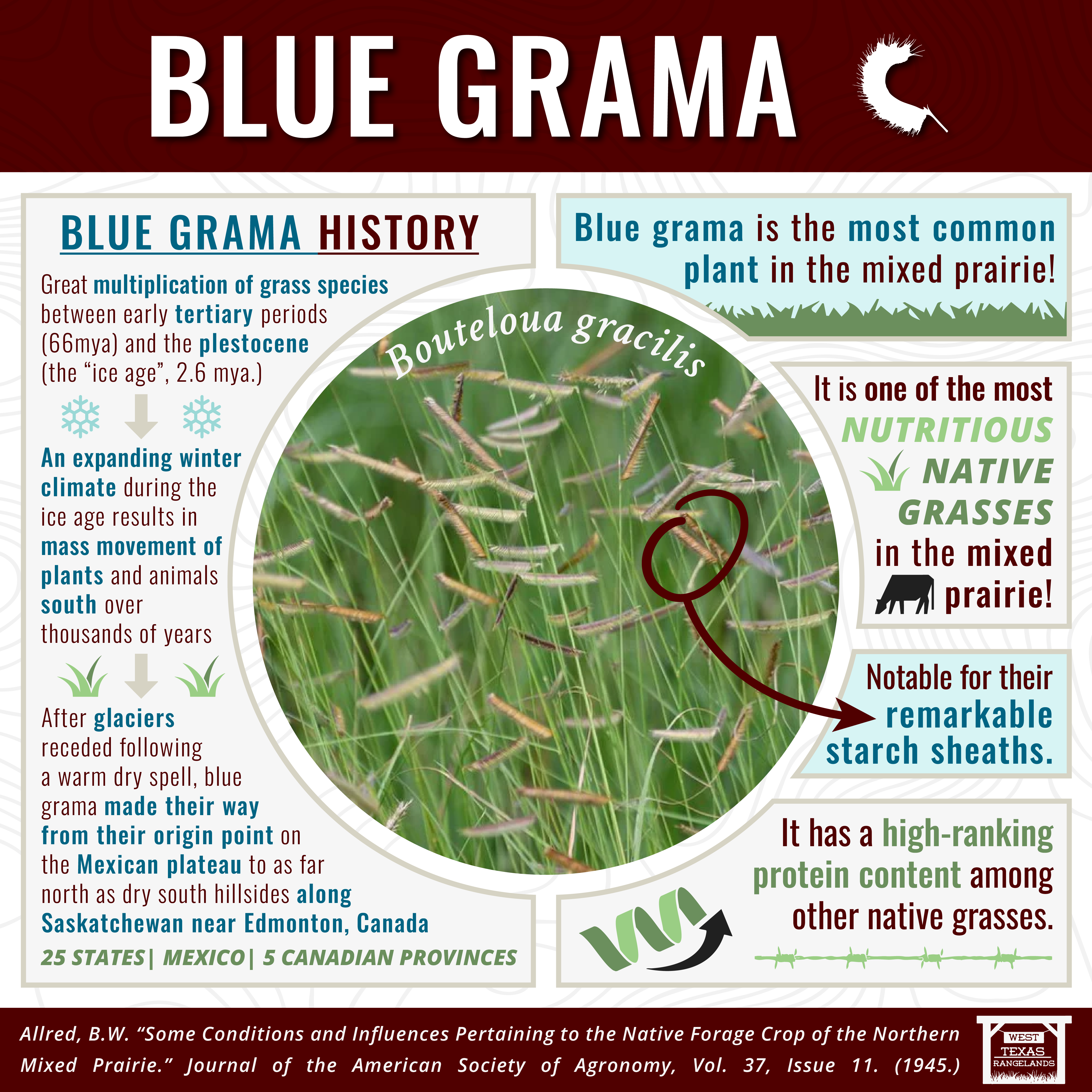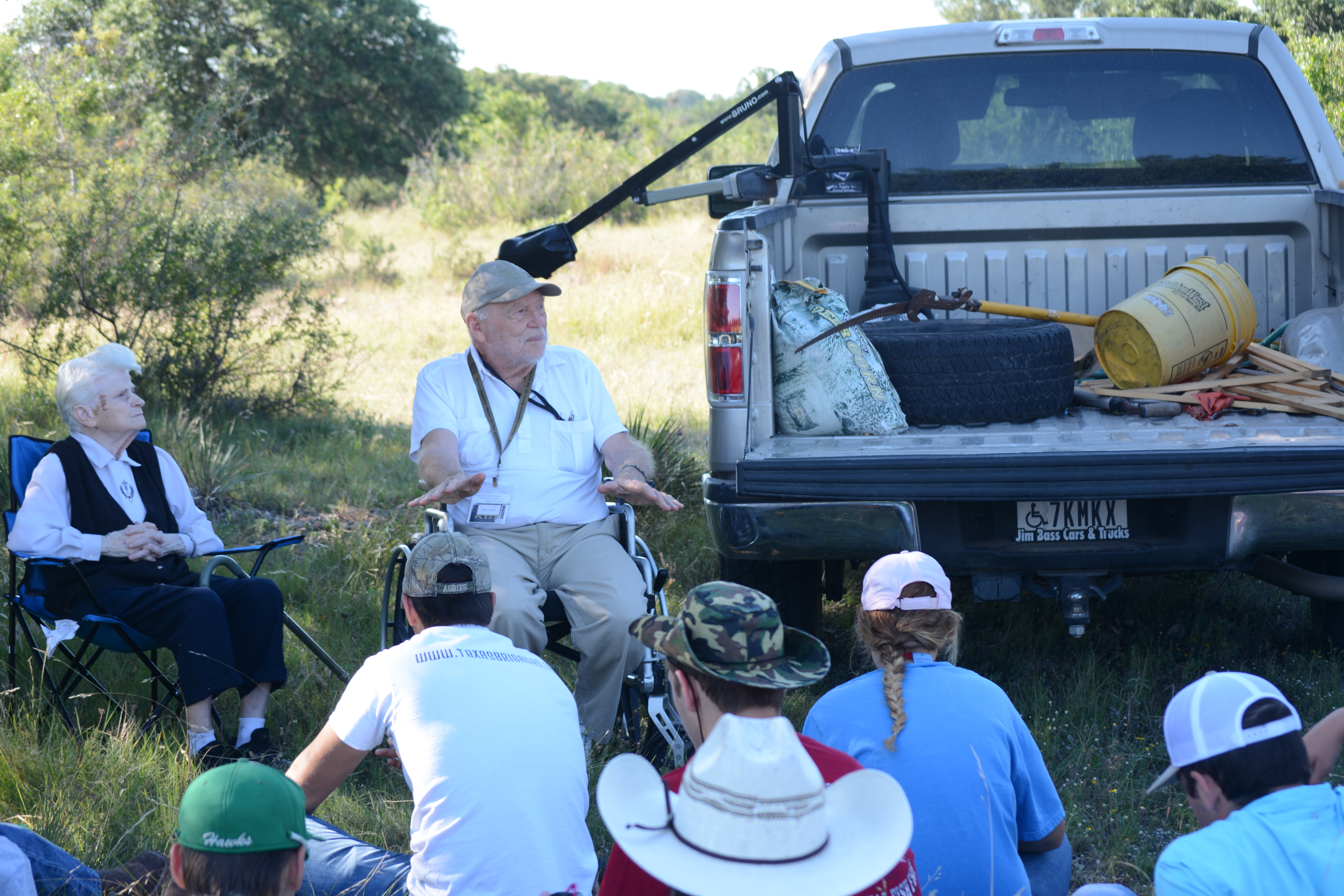 When we think of rangelands, it’s easy to focus on the grasses we see aboveground, the leaves, stems, and seedheads obvious in the West Texas wind. But the real powerhouse of grass growth and survival lies beneath the soil. Our publication, Understanding Native Perennial Grass Growth, highlights how native perennial grasses rely on underground bud banks to regrow after grazing, fire, or drought.
When we think of rangelands, it’s easy to focus on the grasses we see aboveground, the leaves, stems, and seedheads obvious in the West Texas wind. But the real powerhouse of grass growth and survival lies beneath the soil. Our publication, Understanding Native Perennial Grass Growth, highlights how native perennial grasses rely on underground bud banks to regrow after grazing, fire, or drought.
[Read more…] about Native Perennial Grasses: Powerhouses Belowground



